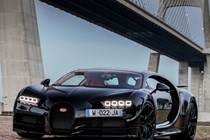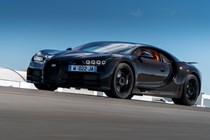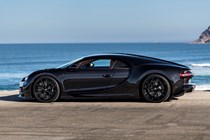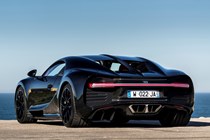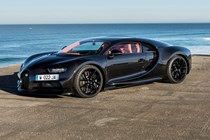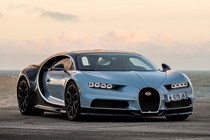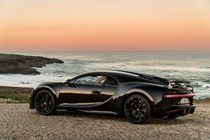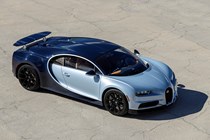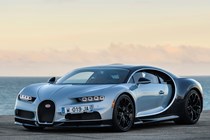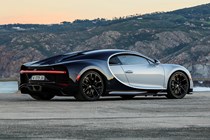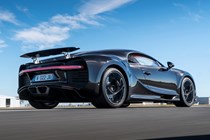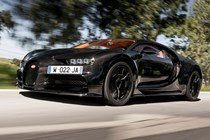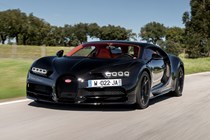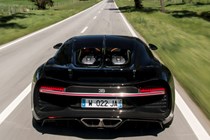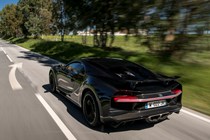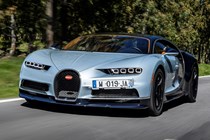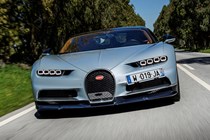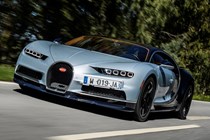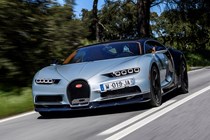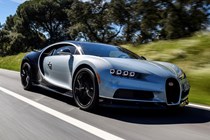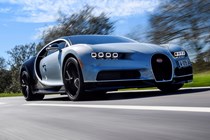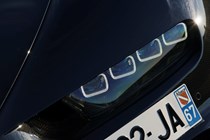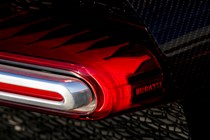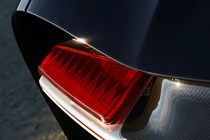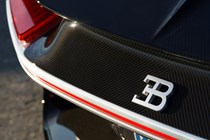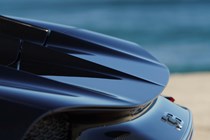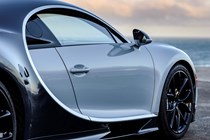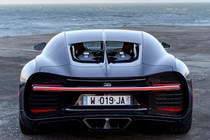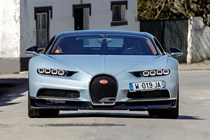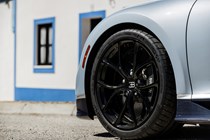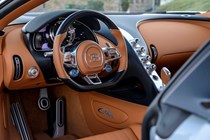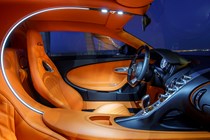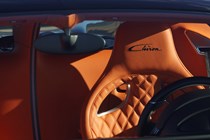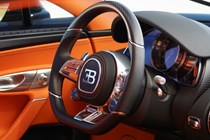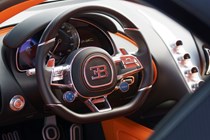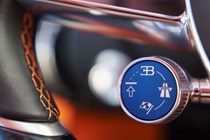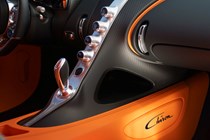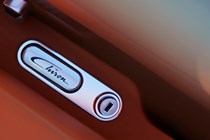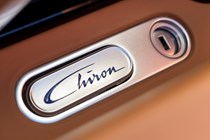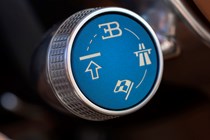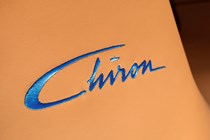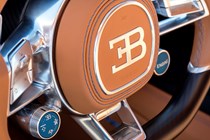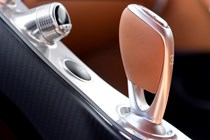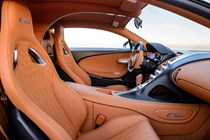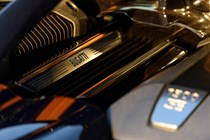
Bugatti Chiron review
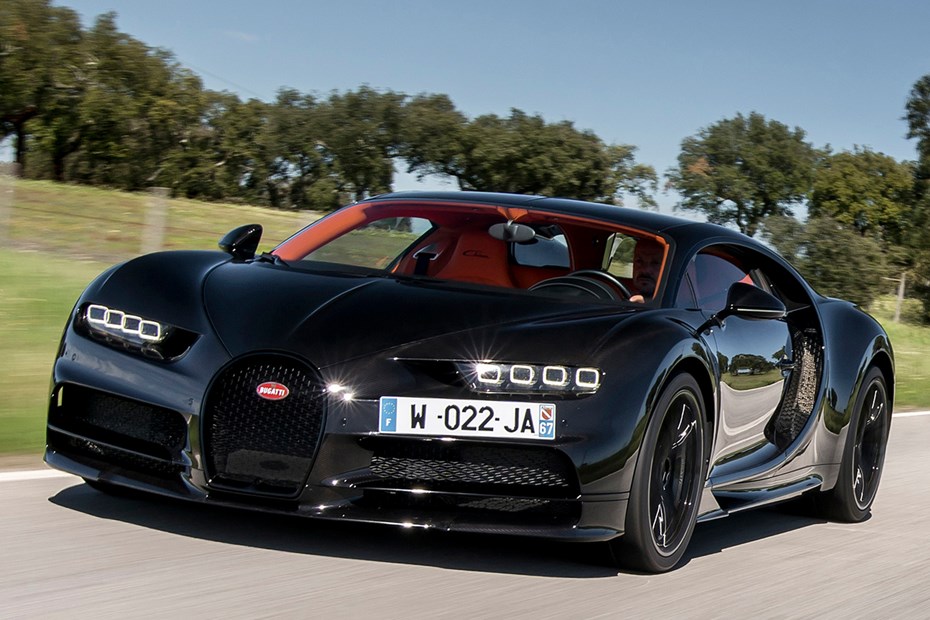
Pros & cons
- World’s fastest production car at 261mph
- Stunning attention to detail
- As easy to drive as an Audi TT
- Bigger boot makes it more usable than a Veyron
- Exclusivity guaranteed: production limited to 500 units
- Hugely expensive to buy and run
- Much heavier than rival hypercars
- No hybrid element, so turbo lag evident
- Terrible turning circle
- Rivals sound better
Overview
The Bugatti Chiron is the replacement for the Veyron, a car that moved the supercar goalposts so far they were off the pitch and halfway down the tunnel. But since the Veyron appeared back in 2005, other manufacturers have closed the performance (and price) gap, producing cars like the Porsche 918 Spyder, Ferrari LaFerrari and McLaren P1.
Bugatti, for its part, claims it has no rivals, but to keep it that way, the Chiron is significantly faster and more powerful than the Veyron. The concept is similar, though. Where Porsche, Ferrari and McLaren’s halo cars are very definitely inspired by the race track, the Bugatti has a uniquely luxurious slant.
Unrivalled quality
Bugatti’s ‘no-plastic’ policy means that everything you see and touch in the interior is either leather, metal or carbonfibre. The steering wheel is milled from a solid aluminium billet, the front Bugatti badge is made from real silver and the four tweeters from the Accutone audio system feature real diamonds.
The Chiron bears a clear resemblance to the Veyron in the styling of its bodywork, whose sweeping C shaped side panel is claimed to be the largest single carbon fibre panel on any production car. That C shape is echoed inside the cabin to create a sense of separation between the driver and passenger.
The Chiron also features several active aerodynamic devices that help the car switch from high to low drag configurations, just like an F1 car, depending on whether the driver wants to prioritise cornering power or straight line speed.
Unmatched performance, but no hybrid technology
Under the carbon skin lies an evolution of the Veyron’s 8.0-litre quad-turbocharged ‘W16’ engine driving all four wheels though a seven-speed dual-clutch automatic gearbox.
More than a decade on from its launch, the Veyron’s 1,001hp still sounds outrageous, and Bugatti later boosted that to 1,200hp for the Supersport. But the Chiron adds another 300hp to even that, for a total of 1,500hp, which is backed up by 1,600Nm of torque (pulling power).
Unlike recent hypercars from Porsche, Ferrari, McLaren and Sweden’s Koenigsegg, the Chiron does not feature any hybrid element to its powertrain design. That means it has no zero emissions city mode like the P1, and is not able to deliver the instant response of LaFerrari.
But it is still faster than both, reaching 62mph in less than 2.5sec, and 186mph in under 13.6sec. The top speed is electronically limited to 261mph, although a Bugatti test driver will try to top 280mph in an unrestricted car on a German test track in 2018.



